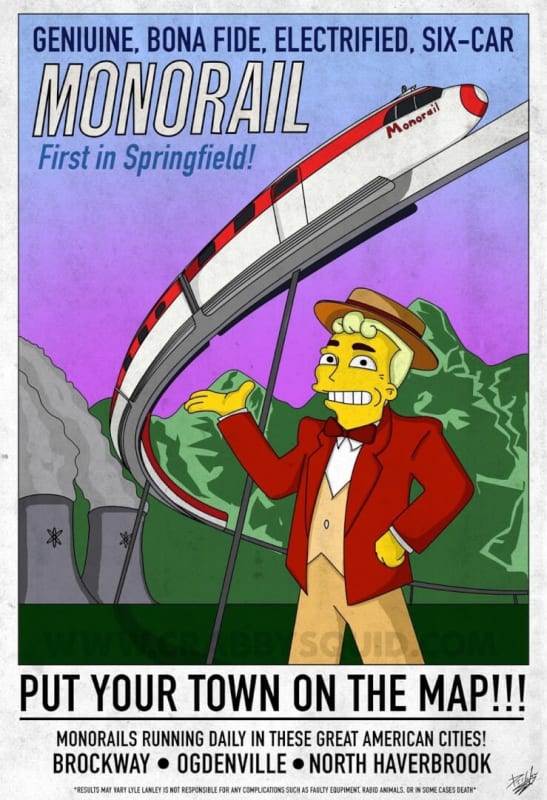bridgeDisciple
Electrical
I have a startup company that needs bridge engineering design services. Its unusual in that we seek a modular bridge whose design is not site specific, and is robust enough to be deployable within a region. Thus we need a good design up-front, and then will need some follow-on work for each site application of it. So we seek an on-going relationship.
But finding s bridge engineer is proving to be a challenge. Most either work for a state DOT, or a huge AEC company who are not interested in our tiny little startup. Steel bridge engineering seems to be a specialty, and modular bridge design also. Finding overlapping expertise is tough. And i'm sure we don't know where/how to effectively look.
Anyone have advice for how to locate qualified bridge engineers who are free to work for us (for hire)?
Is there a list somewhere that i have not yet found? Or a professional trade organization that can do referrals? Does this forum have an associated job board where we could post our need?
But finding s bridge engineer is proving to be a challenge. Most either work for a state DOT, or a huge AEC company who are not interested in our tiny little startup. Steel bridge engineering seems to be a specialty, and modular bridge design also. Finding overlapping expertise is tough. And i'm sure we don't know where/how to effectively look.
Anyone have advice for how to locate qualified bridge engineers who are free to work for us (for hire)?
Is there a list somewhere that i have not yet found? Or a professional trade organization that can do referrals? Does this forum have an associated job board where we could post our need?

